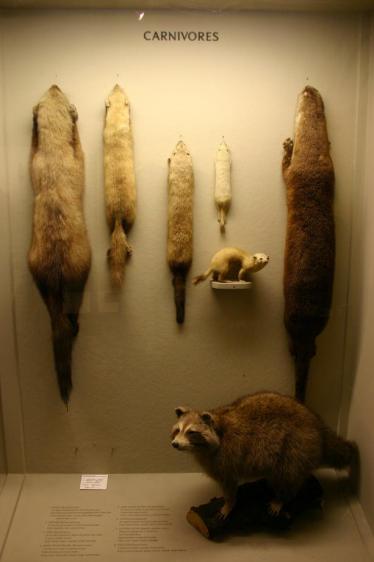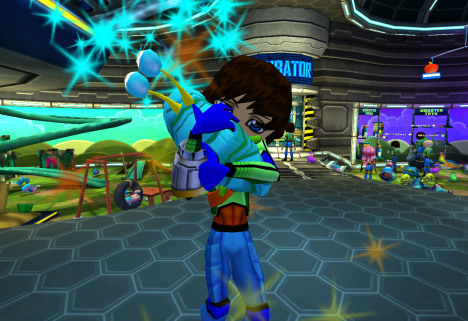The olinguito is the first carnivore species to be discovered in the American continents in 35 years. A team of Smithsonian scientists made the remarkable discovery when they spent over a decade to research the mysterious creature in the cloud forests of Columbia and Ecuador, South America. It shares the same family as the raccoon, and they look like a hybrid between a house cat and a teddy bear.
The original goal of this project is to determine the categories to recognize and to distribute the different tree-living carnivores, specifically the olingos. It was by examining more than 95% of the world’s olingo specimens and reviewing historic data, that they unexpectedly found one particular species with smaller and differently shaped teeth and skull than the rest of the olingos.
After the lucky breakthrough, the team of scientists set out for a 3-week expedition to the forest of Andres to document the animal’s characteristics and home. They found that the olinguito is most active at night, has a fruit-base diet, stays in the trees most of the time, and only give birth to one baby at a time. The team also noted that the body features and behavior of the olinguito is heavily influenced by human development, as 42% of their historic habitat has been converted to agricultural or urban areas.
The olinguito is no stranger to people as it has been living in or near the cloud forest for thousands of years. In 1920, a zoologist in New York came really close to discovering the olinguito as a new species but he never followed through with publishing his unusual findings. Giving the olinguito its scientific name is only the beginning, there is yet more to explore and to understand about his beautiful animal.
Credits: Photo by Ryan Somma
Filed under: Current Events, Just for Fun, Newsletter, Science Facts | Tagged: Discovery, New Species, newsletter, Science Fact, South America | Leave a comment »
















